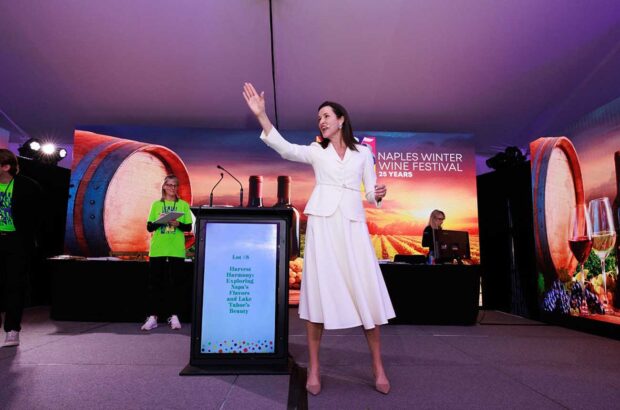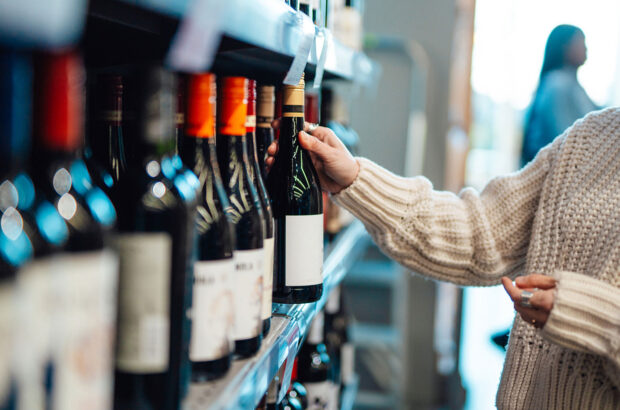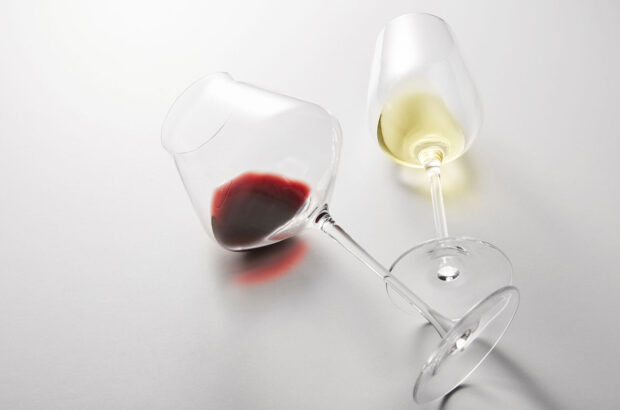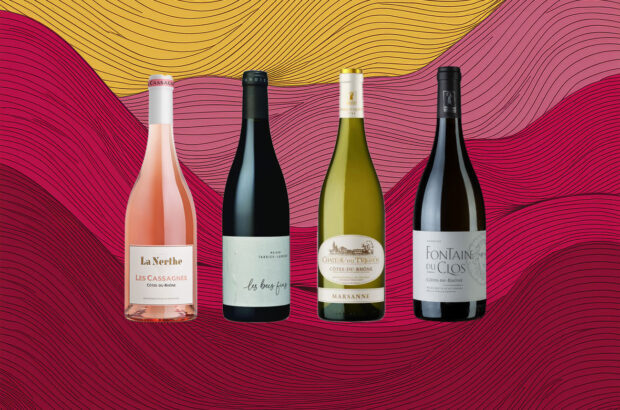Which years of the last decade have provided the best Austrian vintage? PHILIPP BLOM looks back at the highs and the lows of the 1990s.
Austria is still a young wine country in many ways, and winemaking techniques improved hugely during the 1990s. This, and the excellent conditions in some years, resulted in a landmark decade for Austrian vintage wine.
https://www.decanter.com/wine-reviews-tastings/austrian-wine-style-guide-354548/
1990 After a good spring and a very hot and dry summer, many vineyards suffered from lack of irrigation. Results are uneven: good in Südburgenland and parts of Styria, where enough acidity could be obtained. Reds especially can be interesting.
1991 Difficult conditions. The year began with the coldest winter on record, rain and hail in June, followed by heat in July and early frosts. A decent year for botrytised wines and for Neusiedlersee-Hügelland. High acidity necessitated malolactic fermentation for some wines. The poorest year of the 1990s.
1992 A mild, dry winter and a rainy spring let the vines develop early, but only those who cropped harvests early could escape the adverse effect of the dry summer. Rain before the harvest helped many producers. Many spätlese and auslese wines, but little botrytis. A good year, too, for reds.
1993 A year of extremes. A very cold winter was followed by a warm spring and a cool summer. Producers who harvested late were, literally, left standing in the rain. In some areas, though, there was great success. Burgenland vintage reds were excellent, and wines from the Wachau, especially Grüner Veltliner, are extremely elegant – particularly those with some botrytis.
1994 After severe frosts, a warm spring brought good budding. A very hot summer with good rainfall in June and July made hopes run high. But parts of Burgenland were devastated by hail, and autumn rains interrupted harvests. These difficult conditions meant that quality was decided in the cellar more than usual. Some beautiful Rieslings in Lower Austria, and some interesting vintage reds. A highly uneven year.
1995 Very changeable weather: the winter was mild, and spring wet with cold spells. August until mid-September was cool and wet – ideal conditions for botrytis. Yields were down by 30% on the previous year. This was excellent news for sweet wine producers, and a long Indian summer in October was an added bonus. An annus mirabilis for sweet wines, and some other interesting rarities.
1996 A rainy year without long hot periods; success was decided by meticulous vineyard work. Some good botrytised vintage wines; most others will not age well.
1997 An important year for Austrian reds: almost ideal weather conditions enabled red grapes to ripen as never before. By now there was also the technology to make the best of the material. The result is some truly wonderful reds (especially from Zweigelt and Blaufränkisch). For white wines, too, this was an excellent year, especially in Lower Austria and Styria. Healthy grapes with high sugar content and perfect acidity meant that the only problem some producers met with was an early natural cessation of fermentation – this resulted in wines with some residual sugar where producers were unwilling to give nature a helping hand. The result can be wonderful: rich wines with perfect balance and real depth. One of the great vintages of the century.
1998 After an almost perfect spring and summer, heavy rainfall in September and October meant that lots of hard work had to be done in the vineyard. Those willing to delay the harvest achieved exceptional quality, and many of the wines have a spätlese character. A year for monumental wines, some of them with as much as 15% alcohol, especially in Lower Austria. The best winemakers turned the difficult weather conditions to their advantage.
1999 An almost ideal year, with a mild spring, plenty of rain in the summer (some hail in Lower Austria and Styria) and a warm, dry September and October with cool nights. Red wines excelled the standard set in 1997 with better grapes and, often, better vinification. A wonderful white year too, with wines of great character and finesse being made – especially in Wachau, Kamptal and Styria. Botrytis at the right time also gave fine sweet wines from Burgenland.
2000 A damp winter left the soil with enough moisture to cope with the extremely hot summer. Much-needed rain arrived only in July and was followed by a second heatwave in August. A long Indian summer provided ideal conditions for full, early ripening. Red vintage wines were harvested earlier than at any time since World War II. Zweigelt and Blaufränkisch show almost black colour, depth and wonderfully ripe tannins. One of the great years of the century for dry wines with truly excellent quality throughout Austria. Some great ice wines were also made.
2001 After a hot, dry growing season, the greatest challenge was a cool, rainy September – growers fared well only if they had the courage to harvest late, as a sunny October and November compensated for earlier rain. Producers with good vineyard management and nerves of steel harvested very good grapes. The resulting wines, most of them barrel samples, indicate that this will be another exceptional vintage, though possibly not quite as good as 2000.







